If a button is optionally shown on a page (or part of page), does it qualify that part to be represented as two different PageObjects, where one PageObject provides methods to interact with the button while other PageObject does not? Or, should it be one page with a method which can throw an exception when the Button is not rendered.
What will be a maintainable solution - because in future releases the button may start appearing in both cases or the functionality may totally change.
